Chrysler to Emerge From C11 on Monday
Provided, that is, the Supreme Court of the United States (SCOTUS) turns down Indiana’s request to overrule the sale of assets from Old, Crap Chrysler to New, Italian-controlled Chrysler. This after the U.S. Appeals Court told the gearbox-factory-jilted state’s lawyers to piss off. Or, more specifically, “You can’t wait for a better deal to come in from Studebaker.” Wait schmait; the three judges returned their decision about 10 minutes after Indiana’s lawyers finished their arguments. “There’s one more stop on the train,” Tom Lauria, a lawyer for the Indiana pension funds said, after the court’s ruling. Yes, well, New Chrysler left the station a while ago. One of our Best and Brightest has an interesting take on this (after the jump), but again, I reckon this is a done deal.
Well, a very interesting conference there will be at SCOTUS on Monday!
Assuming that there are no self-recusals for stock ownership (but shouldn’t they all recuse because they are taxpayers?), I can envision a scenario where Alito, Roberts, Thomas, and Scalia find likelihood of success and therefore would preliminarily enjoin the sale pending expedited briefing and argument.
However, then one of the others says, “Look guys, you can get this case heard, but you are going to lose 5/4, and in the interim FIAT walks away, and then it’s all OUR fault. So, suck it up, and take one for the team.”
Except, seeing as Congress declined to give TARP funds to the automakers… do the institutional aims of SCOTUS usually include allowing the Executive branch to rule by fiat? (Sorry, could not resist. RF, feel free to use, but don’t attribute.) But I think the only way that the four named above can get another vote is to appeal to the others’ amour-propre and not to the rule of law!
It is actually a very “nice” legal issue: “As long as there is some non-trivial amount of competent evidence that the Ch. 11 plan gives the objecting creditor more than a Ch. 7 liquidation would, does that fact that a non-objecting creditor get treated even better invalidate the Plan?” (We can call it the ‘The Parable of the Vineyard Workers’ test. You know—”What business of yours is my generosity with others; you got the wages you bargained for.”)
In other words, does passing the “more favorable than Ch. 7” test confer immunity on favoritism? As a precedent, I think that is very dangerous. But SCOTUS can’t put in a footnote that says, “This decision shall be non-precedental, except for any other bankruptcy BH Obama really cares a lot about.”
Well, by 4:00 PM Monday, we should know how much is left of the Republic.
More by Robert Farago
Latest Car Reviews
Read moreLatest Product Reviews
Read moreRecent Comments
- Ajla In high school I really wanted a yellow GTO.
- Lou_BC Sweet car.
- FreedMike With 157K miles, that's basically a beater that looks good. Plus, I heard Honda CVTs turn dicey with age. I'm a "no" at $12,500, but someone's heart will go all aflutter over the J-vin (Ohio-vin?) and pay up. With a manual in the same shape, I'd be in for a LOT less.
- EBFlex More proof the EV world is crumbling. In a market with supposedly “insatiable demand”, these kinds of things don’t happen. Nor do layoffs.
- Buickman 17 Lacrosse, 18 Enclave, 19 Stingray Drop.each Red, Tan guts.I just want to feel this moment, and I own it~ (them, sic)

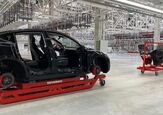














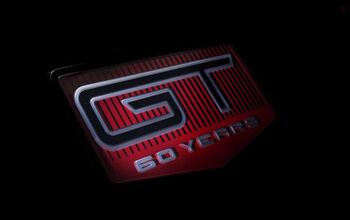

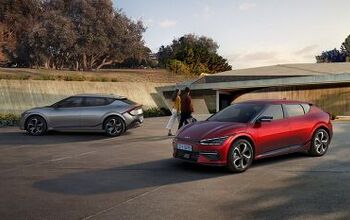


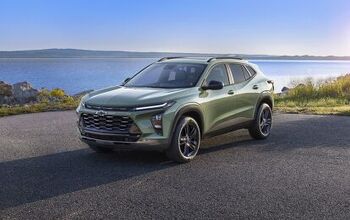
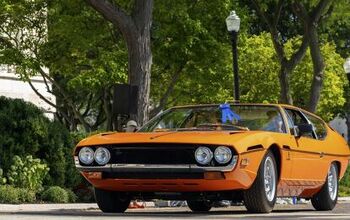


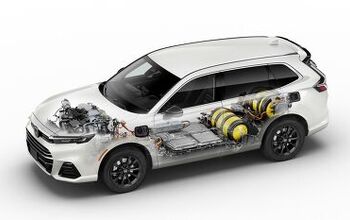
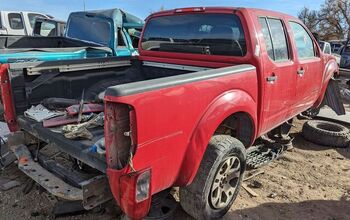

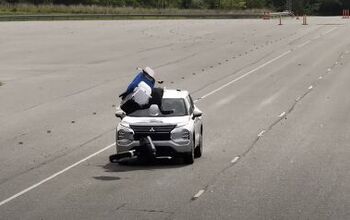

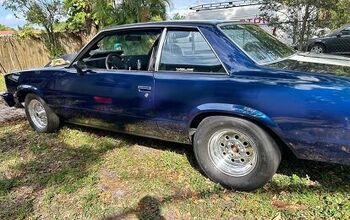
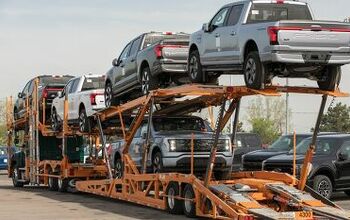
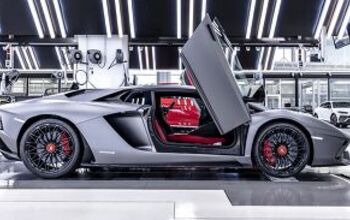
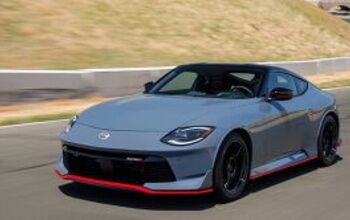
Comments
Join the conversation
Long126mike: I would have let Chrysler die in 1979, since I think that bailout sewed the current seeds of destruction. I am very eager to see what Penske can do with Saturn. I currently drive Toyotas but I am open to an quality product. I just will have to have a lot more grey hair before I return to GM. I absolutely loved this comment: If I ran the world, he’d be lucky that the least I did was seize everything he owns and put him in a work camp shoveling cow dung for the next 5 years. Thanks